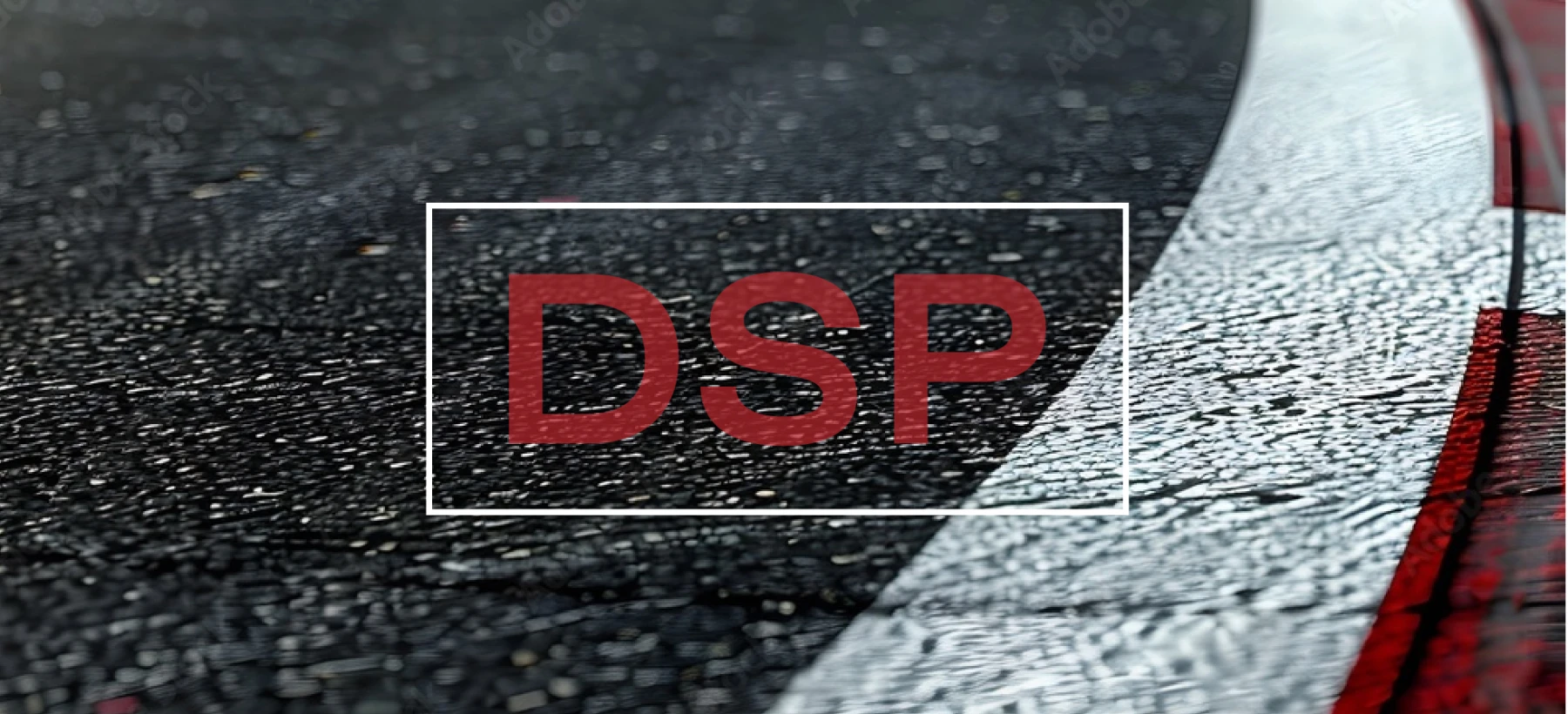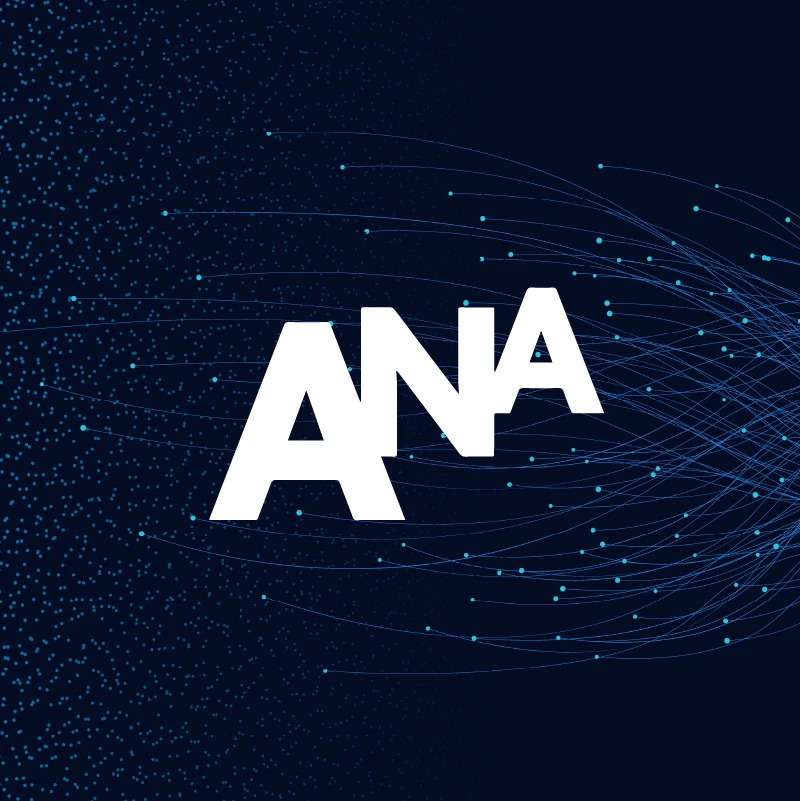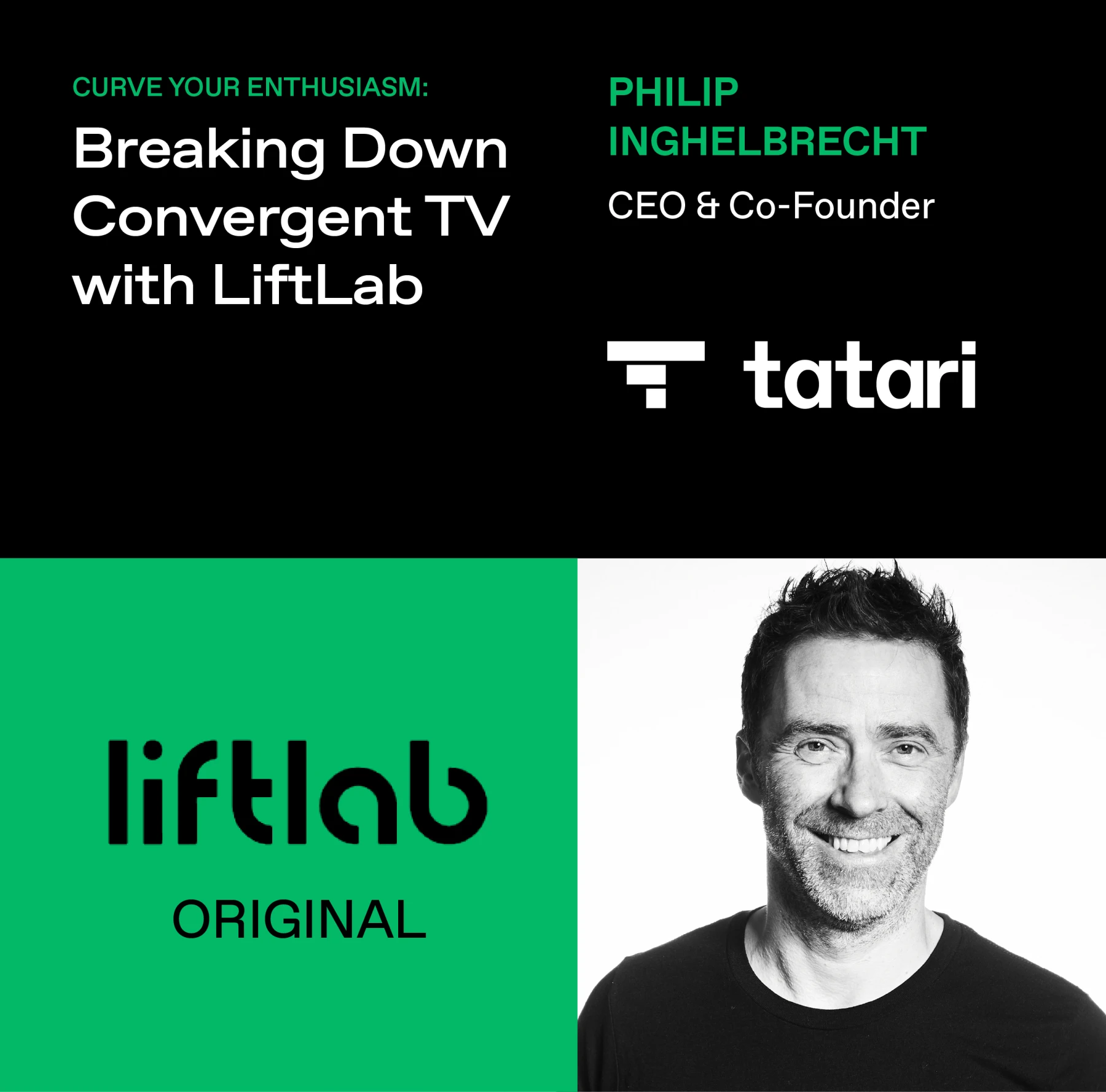
DSP Technology is Not the Future of TV Advertising
A version of this was originally featured on Digiday.
I recently had the chance to drive a car customized for NASCAR racing. Everything about the car, from the weight to the aerodynamics, is purpose-built for it to turn left on an oval track. This car is fantastic for this one purpose – racing left – but it would be impossible to drive right or on any other kind of surface. Meanwhile, a stock car from a dealership, even a souped-up Ferrari, would struggle to compete on a NASCAR track because it’s not built specifically to handle those turns. Much of this applies to DSPs (“the car”) and TV advertising (“the race”), too.
Programmatic technology and the use of DSP technology redefined digital advertising and upended a historic direct sales model that closely linked brands, their media agencies, and publishers. The demand-side platform (DSP) became a must-have tool, allowing brands to emphasize audience targets and execute digital campaigns automatically and efficiently.
The reliance on the DSP and the need to reach consumers across a fractured TV landscape are now coming together, but these two forces are often at odds. DSPs are remarkable tools for executing digital media campaigns; they don’t, however, seamlessly translate to TV and provide all of the same functionality.
In fact, DSPs may never truly be part of TV advertising’s future. Let’s explore why in more detail.
Direct preference
Historically, TV advertising has been purchased directly from the network or publisher. This pattern has held true for the rise of streaming, where the biggest players sell their inventory directly.
DSPs were originally built to target unlimited inventory across multiple channels for online advertising. Digital is a fragmented channel. TV, even with the explosion of streaming and FAST channels, TV remains much more concentrated.
Both buyers and sellers much prefer direct connections. Whilst the automation is nowhere as extensive as in programmatic, they have built their workflows around submitting IOs and working without intermediaries. This eliminates the need for a DSP. More importantly, by working directly, brands and publishers have deeper and stronger relationships in which they can discuss budgets, explore program integrations, enhance data pipes, etc.
The programmatic tax
The biggest criticism against buying platforms has often been the fees. DSPs charge a 15-30% fee, while SSPs charge between 10%-20%. That's 50% of spending evaporated into fees rather than media. Brands using managed services provided by the DSP could pay another 17%. There is also an ad-serving fee, which is universal in programmatic but not widely discussed. The latter typically falls between 5% and 10%, so buyers sometimes pay an additional 75 cent CPM. Buyers starting with a $10 gross platform bid CPM can quickly watch their effective CPM climb north of $20 due to these fees, more than doubling the cost of the campaign.
DSPs do not support linear inventory
Despite linear’s decline, TV isn’t a digital-only format. Linear TV still draws eyeballs and in fact, just fell below 50% viewing share for the very first time last year. With CPMs that are much more affordable than many advertisers expect, linear can be an efficient way to drive performance. Modern TV advertising is all about “convergent TV,” a blend of linear, cable, streaming and online video, ensuring that advertisers get their desired reach and can then analyze and optimize their full TV results all in one place.
DSPs, for all of their capabilities, cannot access linear inventory. Buyers who choose to use a DSP for their streaming or online video will still have to find an alternative solution for their linear campaigns. Otherwise, they are not reaching the full TV audience but just a subset that relies on streaming. They are also missing scale. Most of the flagship TV moments with the greatest reach still happen on linear, like the Super Bowl, the Oscars, the Grammys, and other live events.
DSP technology comes with fraud
Finally, despite the automation and efficiency programmatic provides, it also creates layers between the ad buyer and seller. One campaign could have ads running across thousands of websites. This lack of transparency makes it very easy for unscrupulous actors to game the system and profit off of schemes that charge advertisers for ads that never go in front of a real person.
The ad industry learned to basically live with some level of fraud in display programmatic, but that ship won’t sail on TV. CPMs are simply too high in TV to accept any level of fraud as the cost of doing business. When media is traded directly between publisher and brand (or without the need for a DSP), fraud is a non-issue.
TV may not need a DSP
These issues all make it clear that purpose-built digital DSPs don’t match up in full against “old school” direct transactions (despite the automation).
TV advertisers need to seek out TV-specific tools, like Tatari, to execute their (convergent TV!) buys. DSPs are mostly a narrative that the digital world is trying to impress upon TV marketers.

Philip Inghelbrecht
I'm CEO at Tatari. I love getting things done.
Related
Why Open Programmatic and CTV May Never Mix
In the evolving landscape of digital advertising, the intersection of open programmatic and connected TV (CTV) faces significant challenges.
Read more
Breaking Down Convergent TV with LiftLab
Discover the current state of TV advertising and the emergence of TV streaming on a recent episode of Curve Your Enthusiasm with LiftLab and Philip Inghelbrecht.
Read more
Generate Successful Media Plans with Tatari’s AI-Powered Planning Engine
Our AI-powered Planning Engine tool helps brands and agencies build TV media plans with unprecedented speed, accuracy, and comprehensiveness.
Read more


